Bang & Olufsen Beoplay E8 2.0 Review
Bang & Olufsen Beoplay E8 2.0 Review
The B&O E82 .0 true wireless earphones cost a pretty packet
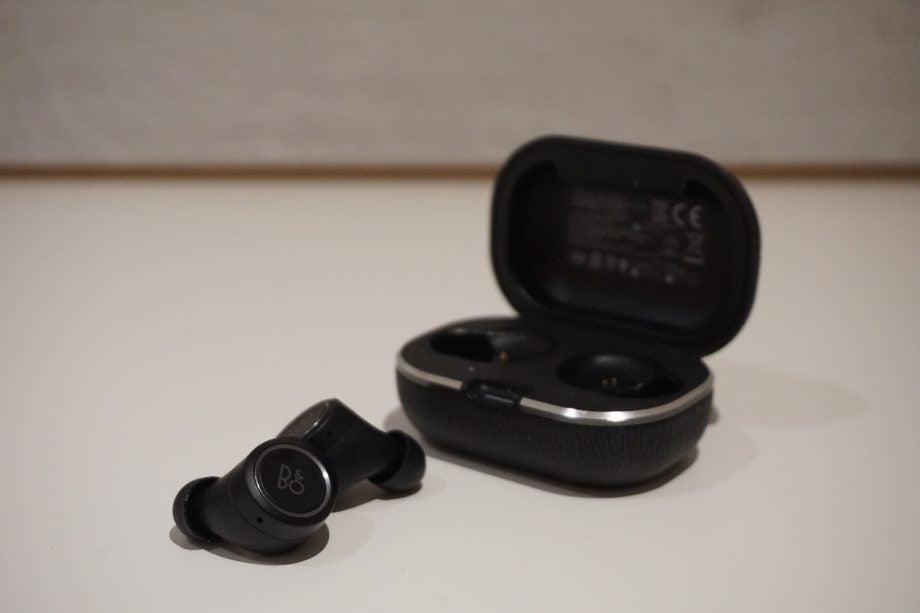
Verdict
The B&O E8 2.0 are excellent true wireless earphones, but they’re super-expensive
Pros
- Great-looking design
- Solid battery life and wireless charging support
- Balanced sound
- Solid connection
Cons
- No ANC
- Very expensive
Key Specifications
- Review Price: £300
- Electro-dynamic 5.7 mm driver
- Bluetooth 4.2
- 1.25m USB-A to micro-USB cable
- 4 hours' playback, with three charges from case
What are the Bang & Olufsen Beoplay E8 2.0?
The Bang & Olufsen Beoplay E8 2.0 are the second-generation true wireless earphones from the Danish audio wizard. At first glance they don’t look that different to the first-generation E8s, featuring the same leather-finish charge case and similar-looking buds.
This may lead you to wonder what new features the company has added to justify the £50 price hike, which raises the RRP to £300 and makes the E8 2.0 one of the most expensive sets of true wireless earphones on the market.
Thankfully, the few changes B&O has made are generally excellent. The most significant are the addition of Qi wireless charging support and improved battery life, with the charging case storing 16 hours worth of juice. This alone is enough to ensure the E8 2.0’s are excellent true wireless earphones for top-end buyers.
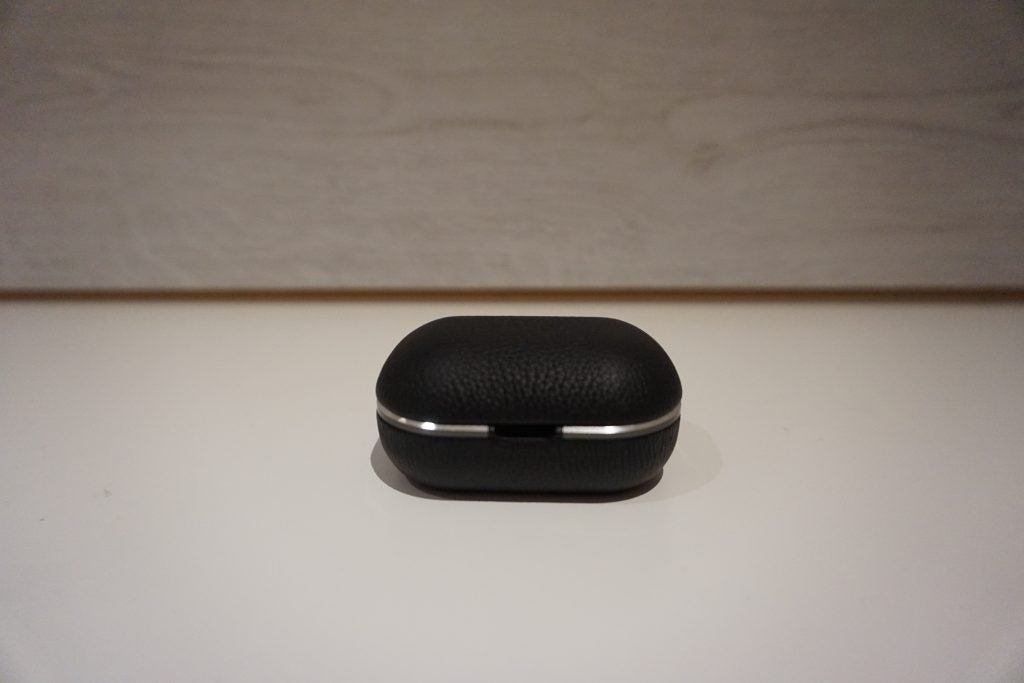
Bang & Olufsen Beoplay E8 2.0 – Design
Put the first- and second-generation B&O E8s next to each other and you’ll struggle to tell them apart. Both feature leather, pebble-shaped cases, the buds are the same shape and feature identical silicone and foam tip options.
Take a closer look, however, and you’ll notice a few subtle but important differences. A sleek metal lining wraps around the middle of the case. Open the case and you’ll find it now has a metallic, not plastic, finish. The charge port has also been upgraded to USB-C. In theory, this means the case should charge faster than the original Beoplay E8.
These changes sound small, but they add up to make the B&O E8 2.0’s feel even more luxurious and premium than their predecessor. This is quite an achievement, since the original E8s where already a cut above the functional but slightly utilitarian designs seen on rivals such as the Sony WF-1000X.
Having accidentally dropped the case on more than a few occasions, I can also personally attest to its build quality. Sending the case flying across London Bridge station, not only did it survive the experience undamaged, the buds also stayed firmly in place.
Under the hood there’s been a more thorough spruce. The biggest change is the addition of Qi wireless charging support. This makes it quick and easy to top up the charge on the go, if you have a compatible charge plate. Even without one, the E8’s battery life is more than good enough.
In general, you’ll get three to four hours use from a single charge. The case can fully recharge the earbuds from 0% three times before needing a top up. As charge times go, on more than one occasion I have managed to get an hour-long commute’s worth of listening off a 15-minute charge having forgotten to plug in the case the night before.
Related: Best true wireless earphones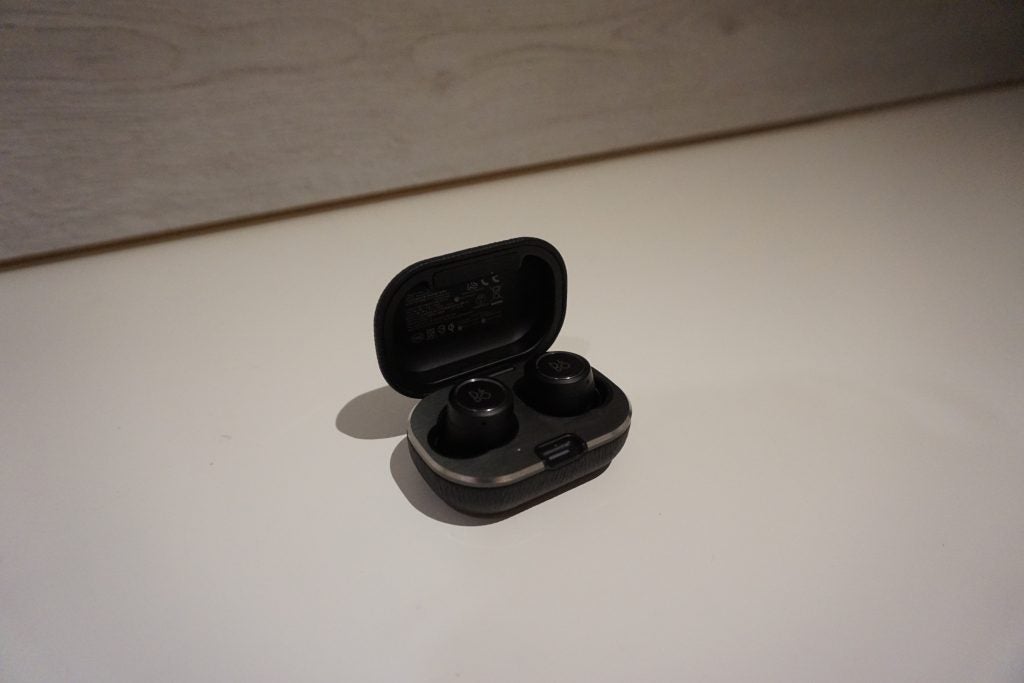
However, the biggest change for me are the subtle ones B&O has made to improve signal strength and connectivity. B&O’s original E8 earphones sounded great, and were fantastic when they worked, but they were fairly buggy. On more than one occasion, the first-gen E8s wouldn’t register correctly during the pairing process and would repeatedly reject pairing requests.
When I first got them, I had to manually hard reset them by holding the bud’s capacitive touch controls for 15 seconds – more times than I care to count – to get them to work. Even then, they’d on occasion unceremoniously stop working when the B&O app, which is used to tweak the sound profile, updated and forced me to start the process from scratch.
These issues appear to be blissfully absent on the E8 2.0s. The buds paired seamlessly with every device I threw at them on the first try. The app is still horribly laid out, but it also felt more stable – and to date I haven’t suffered any unexpected drop-outs using the E8 2.0s.
It’s only in busy signal areas, such as Waterloo station, that I’ve experienced issues. Here, interference has led to audio drops – although, to be fair to B&O, this happens on pretty much every wireless set.
The only serious concern for me is that touch controls on the E8 2.0 are still a little finicky. Being able to tap the left bud to activate the ambient noise mode, which pauses music and lets you hear outside sounds, is super-useful – especially if you’re listening to music while out and about. But the right bud’s volume, play/pause and skip track commands don’t always work as intended. All too often I’ve ended up stopping music when trying to adjust volume.
Related: Best wireless headphones
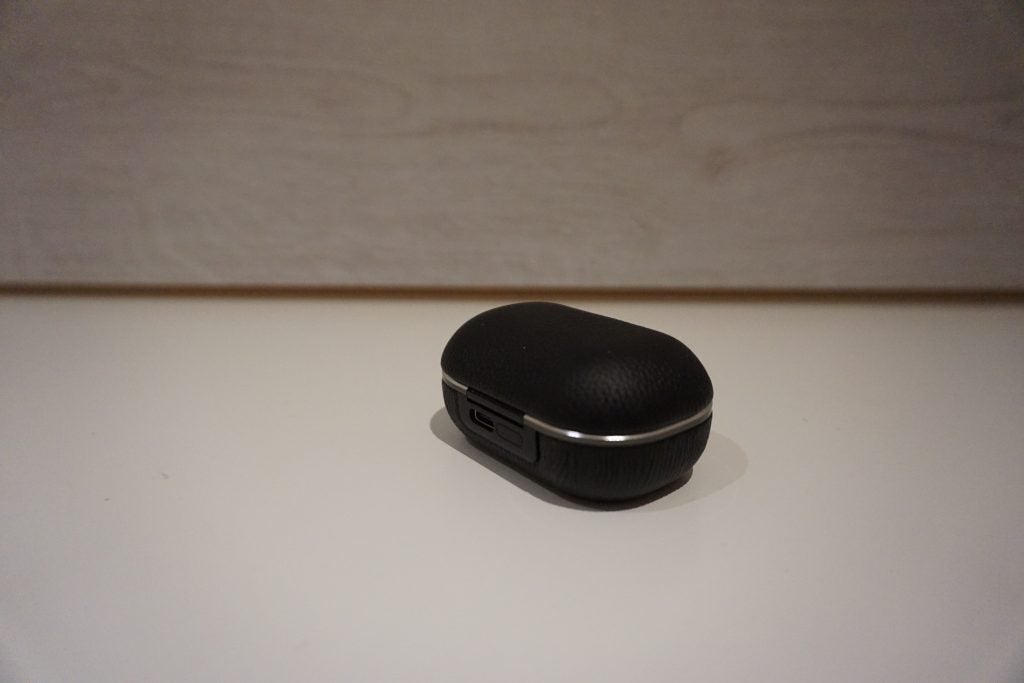
Bang and Olufsen Beoplay E8 2.0 – Performance
Sound quality is impressive for a true wireless set and, for the most, part justifies the E8 2.0’s hefty £300 cost.
Of most importance is achieving a good seal. Like their predecessors, the tips on the buds out of the box are unlikely to be the right fit for everyone. It’s best to experiment with the four different options until you find a pair that achieve a tight seal.
Success ensures that noise isolation is solid. The Sony WF-1000X remain the best option if this is a priority. They cost £100 less and offer active noise cancellation (ANC). They’re significantly better at blocking out background noise as a result.
Audio quality is otherwise excellent. Like the original E8, tonal balance is nicely neutral. Listening to complex post-rock and jazz arrangements, no one part of the sound drowned out another. Piano keys ran with a wonderful sparkle but didn’t overshadow or interfere with the double-bass.
Dynamism, too, is solid. Attacking punk breakdowns felt powerful, and classical crescendo had a wonderful swoop that’s noticeably less pronounced on cheaper sets, such as the Amps Air 2.0 and TicPods Free.
The sound doesn’t display quite so much detail and punch as the Sony WF-1000X – but, overall, you’ll struggle to get better performance from a set of true wireless earphones.
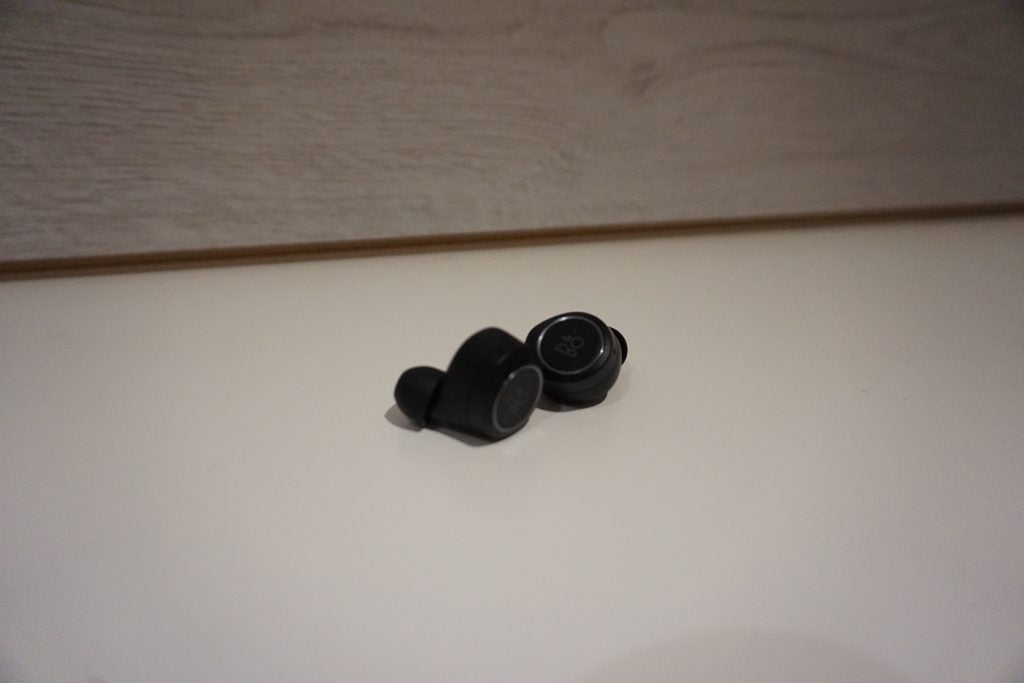
Why buy the Bang & Olufsen Beoplay E8 2.0?
The B&O E8 2.0 aren’t a revolutionary product, but the small changes that have been made are generally positive.
The upgrade to USB-C and wireless charging are minor but important improvements that make it quick and easy to top up the E8 2.0’s battery. The upgraded stability is another key factor that fixes one of my biggest issues with the originals. Add to this excellent sound quality and the E8 2.0 easily earn themselves a place as one of the best true wireless sets available.
The only downside is that they’re still lacking a key selling point – ANC – that a rival pair offers. This feels like a serious omission considering the E8 2.0’s hefty £300 price tag. The Sony WF-1000X cost £100 less, offer equally excellent sound quality and, of course, feature ANC. The only downsides are that battery life isn’t as good and they don’t look quite so swish.
Verdict
The B&O E8 2.0 are excellent true wireless earphones, but they’re super-expensive.


